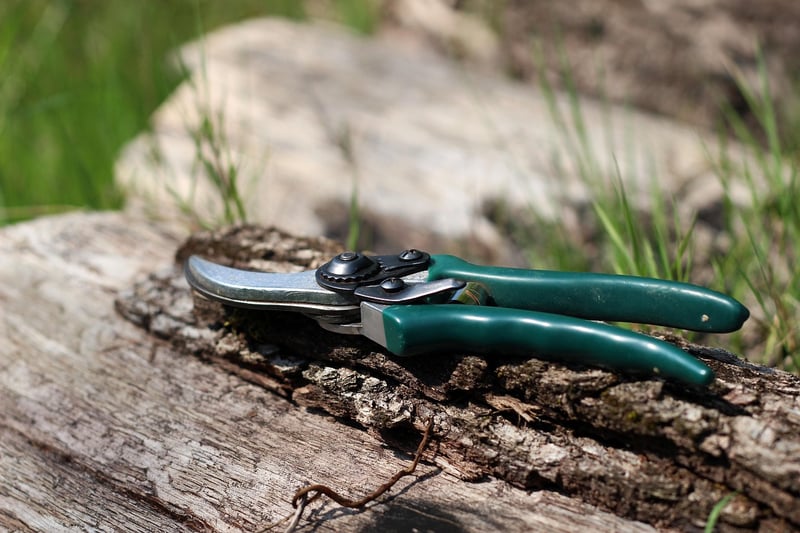Pruning Techniques
Essential Plant Care Practices and Pruning Techniques
Introduction
Welcome to our guide on essential plant care practices and pruning techniques. Proper plant care not only ensures the health and well-being of your plants but also promotes optimal growth and beautiful blooms. In this article, we will cover the key practices you need to follow to keep your plants thriving and explore various pruning techniques to help you maintain their shape and vigor.
Essential Plant Care Practices
1. Watering: Ensure your plants receive the right amount of water based on their specific needs. Overwatering or underwatering can both be detrimental to plant health.
2. Light: Place your plants in locations where they receive adequate light. Insufficient light can lead to leggy growth, while too much direct sunlight can scorch leaves.
3. Fertilizing: Feed your plants with a balanced fertilizer to provide essential nutrients for growth. Follow the recommended dosage to avoid overfertilization.
4. Pruning: Regularly prune your plants to remove dead or overgrown branches, promote new growth, and maintain their shape. Pruning also helps improve airflow and reduce disease risk.
Pruning Techniques
1. Deadheading: Remove spent flowers to encourage the plant to produce more blooms. This technique also prevents the plant from investing energy in seed production.
2. Thinning: Thin out crowded branches to improve airflow and light penetration within the plant. This helps reduce the risk of diseases caused by poor air circulation.
3. Heading Back: Heading back involves cutting back a portion of a branch to promote branching and denser growth. This technique is useful for shaping shrubs and promoting bushier growth.
Conclusion
By following these essential plant care practices and mastering various pruning techniques, you can ensure your plants stay healthy, vibrant, and visually appealing. Remember to tailor your care routine to the specific needs of each plant species to achieve the best results. Happy gardening!

For more information on plant care and gardening tips, visit www.gardeners.com.
